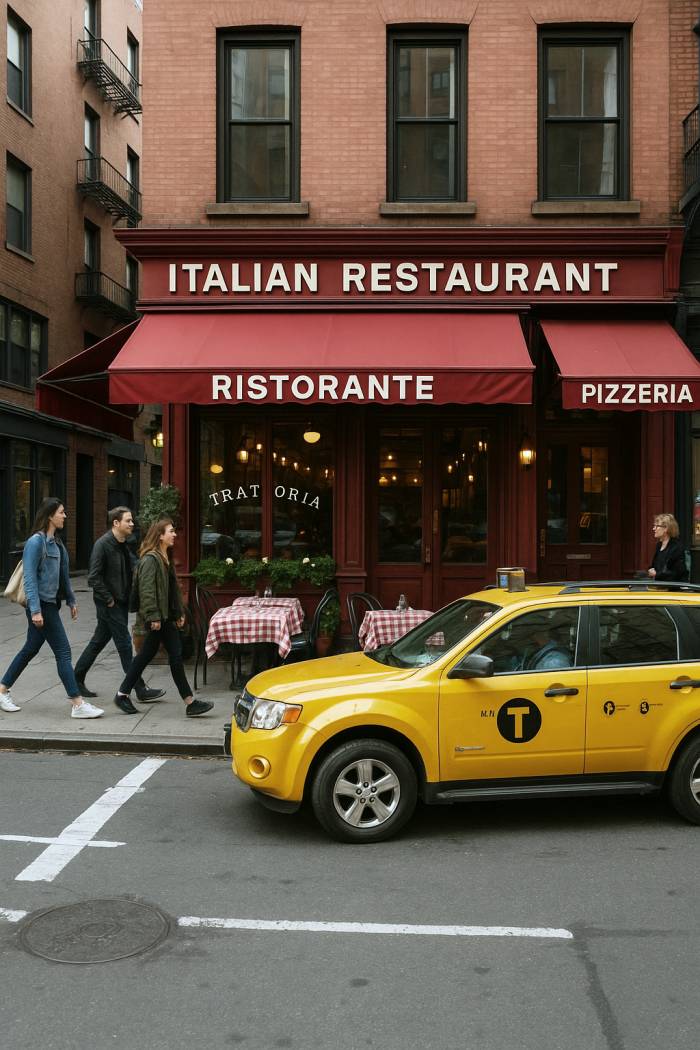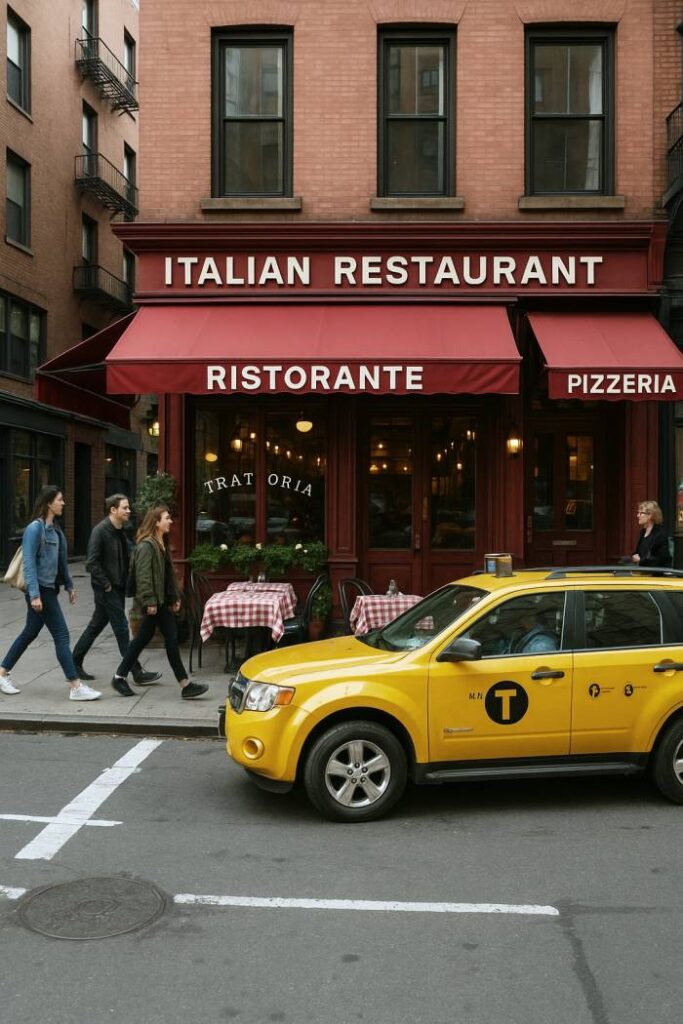
Italian wine producers are facing a period of deep uncertainty as the United States, their largest export market, may soon become less accessible due to potential new tariffs. In 2024, the U.S. accounted for nearly a quarter of Italy’s wine exports, making it a critical destination for Italian wineries. However, recent policy shifts under President Donald Trump’s administration have left the industry in a state of limbo. The month of July is being described by industry insiders as pivotal, with many awaiting decisions from Washington that could determine the future of Italian wine in America.
Nunzio Castaldi, president of Panebianco Wines in New York, which imports from over 50 Italian producers, says the industry is “in a holding pattern.” Warehouses are full, but importers and retailers are hesitant to make new orders until there is clarity on tariffs. If the current 10% tariff remains through 2025, Castaldi predicts only a small decline in imports. But if no agreement is reached between Washington and Brussels this July, tariffs could jump to 50%, a move he calls “devastating.”
The impact would be felt most acutely by entry-level and mid-tier Italian wines—those retailing between $10.99 and $15.99. These wines compete in a crowded market where even small price increases can push them off store shelves. Premium wines like Brunello or Barolo may weather higher prices better, but they represent a smaller share of total exports.
Stefano Girelli, co-founder of The Wine People in Trento, confirms that lower-priced wines are most at risk. He notes that premium and niche wines attract consumers who are less sensitive to price changes. Still, popular varieties such as Pinot Grigio and entry-level Prosecco could be among the hardest hit if tariffs rise.
Official data from the UIV Observatory shows that the average export price for Italian wine to the U.S. is €5.35 per liter, with more than half of “popular” wines selling for much less. Davide Acerra from the Consorzio Tutela Vini d’Abruzzo warns that additional tariffs could force these affordable wines into higher price brackets, making them uncompetitive and potentially pushing them out of the market.
There is also concern about losing ground to competitors from countries not affected by U.S. tariffs, such as Chile, Argentina, New Zealand, and Australia. Torrey Grant, wine director at New York’s Leonetta restaurant and former PR executive specializing in Italian wine, says he is already looking at regions less likely to face new duties when selecting wines for his list.
Importers have started reducing their portfolios from certain Italian regions or pausing new orders altogether. This has created tension with producers who rely on steady year-round sales to plan their bottling and harvests. Castaldi explains that some importers are now asking for deeper discounts or longer payment terms—requests many Italian wineries cannot afford.
Roberta Bricolo, president of Custoza DOC and owner of Cantina Gorgo, urges Italian producers to remain vigilant and not allow U.S. buyers to use the situation to drive down prices unfairly. She emphasizes the importance of maintaining value and consistency rather than underselling quality.
The regulatory uncertainty has also caused operational challenges for small and medium-sized producers in regions like Valpolicella. Tommaso Accordini from the local consorzio says their role is now focused on supporting producers through open dialogue and guidance.
Despite these challenges, some industry leaders remain optimistic that strong relationships with U.S. partners will endure once the situation stabilizes. Girelli believes that transparency and shared goals can help reinforce trust during difficult times.
To minimize risks, experts recommend that Italian wineries be strategic in choosing trade partners whose values align with their own. For some producers like Poggio Antico in Montalcino, shipping extra stock ahead of potential tariff hikes has helped cushion price increases for American consumers.
Many believe that Italy should not try to compete solely on price but instead focus on building emotional connections with consumers and highlighting authenticity and quality. Accordini stresses that Italy’s strength lies in its ability to connect emotion with real value.
With uncertainty looming over the U.S., some Italian producers are actively seeking new markets in Canada, Northern Europe, Asia—including Japan, South Korea, and Vietnam—and emerging markets in South America. However, many acknowledge that no single market can replace the scale or brand recognition offered by the United States.
The Delle Venezie DOC consortium reports that over 40% of its certified Pinot Grigio exports go to the U.S., making it an irreplaceable market for volume and long-term growth. While they have launched promotional campaigns in countries like Mexico and Brazil, they stress the need for stable trade relations with America.
Some consortia are also targeting less saturated areas within the U.S., expanding beyond traditional strongholds like New York or California into smaller cities and states where competition may be less intense.
Industry leaders see an opportunity to reconnect with Italian-American communities and leverage cultural ties through chefs, artists, and influencers who can help tell Italy’s story to American consumers.
Despite current challenges, many believe that the deep-rooted connection between American consumers and Italian wine—fueled by the popularity of Italian cuisine—will help sustain demand over time.
As July approaches and negotiations continue between Washington and Brussels, both sides of the Atlantic are watching closely. The outcome will shape not only trade flows but also longstanding relationships built over decades between Italian winemakers and their American partners.

